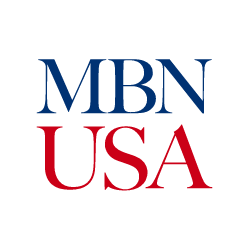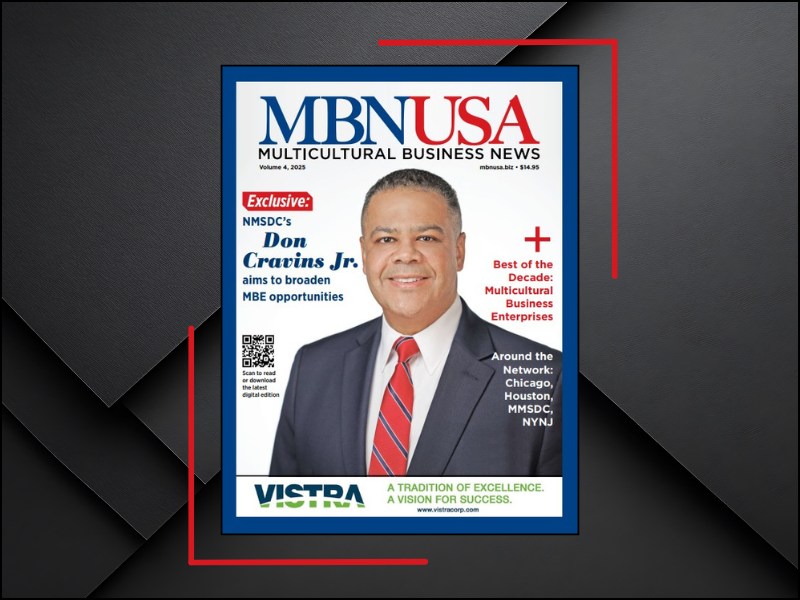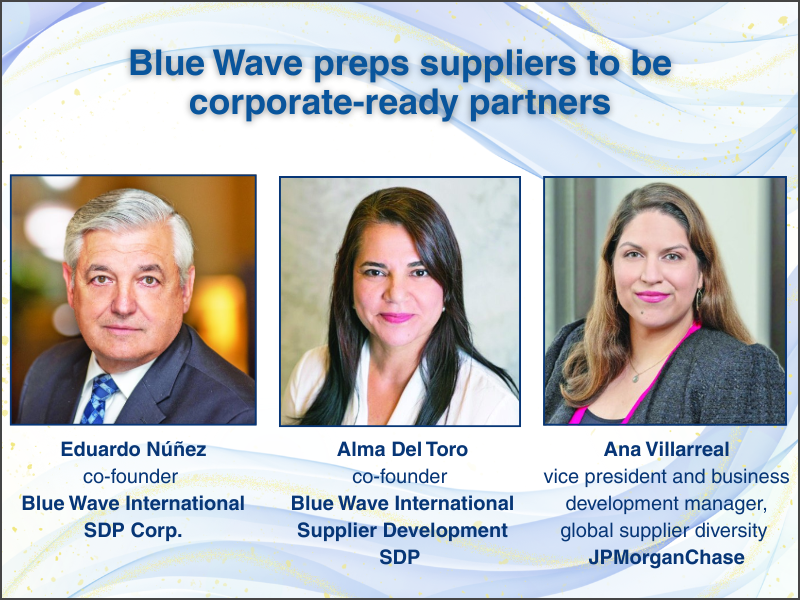By M.V. Greene
During these still uncertain days of COVID-19, one compelling consequence that has emerged from the global pandemic is a vigorous and consuming personal protective equipment or PPE economy that includes masks, respirators, gloves, apparel, sanitizers and other items that people have rushed to use to protect their health against the virus. The market for PPE is split largely into two segments — health care and industrial. Various industry estimates had the global health care PPE market growing from around $20 billion in 2020 to near $30 billion in 2028. The global industrial market is worth about $40 billion annually.
The PPE economy rages on more than three years into COVID-19, continuing implications for governments, corporations, organizations and citizens, particularly in health care. The onset of the pandemic in early 2020 saw massive efforts to supply the world with sufficient PPE that often was in short supply. The U.S. government, for instance, adopted new laws and policies and incentives to bolster PPE supply chains, such as engaging in lucrative contracts with corporations through mechanisms that include the Defense Production Act, which allows the president to fast-track the manufacture of materials and services from the U.S. industrial base to support national defense.
That momentum shows no signs of slowing, engaging entrepreneurs and companies to try to figure out how to get a piece of the pie. Health care improvement company Premier Inc. reports on supply-chain spending of U.S. hospitals in response to COVID-19, noting that in 2021 hospitals had purchased more than $3 billion of PPE to protect staff and patients since the start of the pandemic.
Observers of the PPE industry say opportunities do abound to get in on the largesse, but they also caution entrants to understand where the market is headed, learn market components and supply-chain dynamics, seek ways to reduce barriers of entry and stay alert to pandemic politics.
When releasing an action plan on PPE readiness in 2020, the trade group National Association of Manufacturers noted that “manufacturers across the country have completely redesigned their shop floors to produce critical materials like respirators, face shields, masks, gowns and hand sanitizer for the first time.”
The first thing to know is that “PPE has been in existence for many, many years,” said Sanjiv Bhaskar, vice president of research, CMF at Frost & Sullivan Inc., a research firm that advises Fortune 1000 companies, governments and investors. Further, he said that “PPE is not only masks and gloves. PPE is a lot more than that.”
He said each of the two broader segments of the PPE market — health care and industrial — deserves attention from entrepreneurs seeking opportunities. Given the pandemic, health care PPE has received the bulk of recent attention, but the industrial side is larger and more stable, serving industries that include manufacturing, energy and construction, he said. Worker safety mandates through governmental agencies like the U.S. Occupational Safety and Health Administration or OSHA will keep the industrial PPE segment robust, he added.
Frost and Sullivan breaks down PPE equipment into seven categories:
• Above the neck protection, which covers basic protection used by workers in most industrial environments and includes neck, head, eye, face and hearing protection.
• Respiratory protection, which covers different types of devices that protect workers from inhaling harmful substances or airborne contaminants.
• Hand protection, which covers disposable and reusable protective gloves.
• Protective clothing, which includes gowns, coveralls and other protective apparel.
• Foot protection, which includes shoes and boots to protect workers’ feet from impact and puncture hazards.
• Fall protection, which helps either to prevent workers from falling or to minimize the impact of falls.
• Gas detection, which are systems that detect, identify and track dangerous workplace emissions.
“Some products are very simple, and some are very technical, complex and very expensive,” Bhaskar said, noting that respiratory protection used by firefighters can cost several thousand dollars per unit, but protective apparel costs can begin at as little as $5 per unit.
Major corporations can enter the market more easily because they have the wherewithal to scale, such as a corporation like 3M Co. that has received multimillion-dollar contracts to produce millions of medical-grade face masks. But Bhaskar and others said that smaller companies that may not be able to manufacture to such scale — including diverse suppliers — should not be deterred. These smaller entities, they said, need to push forward with innovative solutions and source parts to larger companies.
“If an entrepreneur comes into the PPE industry, then they’ve got to look at products which have low barriers of entry, and one has to contend with the fact that every product you make has to meet specific standards and quality requirements,” he said. “At the end of the day, you are using these products for saving people. Your products cannot malfunction or underperform because if that happens then you are risking someone’s life, and you own the liability of that.”
“If you can meet those tests, it should not be a great challenge [to enter the industry]. Raw materials are available, and you can convert those raw materials into products,” Bhaskar added.
The sweet spot Karina Swette and Timi Boyo — who advise companies on supplier diversity initiatives for management consulting firm Oliver Wyman Inc. — both said the PPE industry can be a sweet spot for diverse firms.
Swette cites an example from her research of a regional banking company that, during the height of the pandemic in 2020, was struggling to procure PPE from a large supplier. As a solution, the banking company resorted to creating a marketplace to leverage a network of small, diverse suppliers that were able to deliver the needed PPE with better pricing, service and availability, she said.
“It is a great example of how if larger companies can spend the effort and the time to support a diverse supply base, you can actually get a better end product,” she said. “Often, there are opportunities to get better products at better prices. Diverse suppliers come with different perspectives and different ways of doing business. They are not afraid to do something differently. They tend to be more nimble, more creative, more engaging with their core customers.”
Boyo urges diverse suppliers considering entering or diversifying into the PPE industry to stay keen to the evolution of the market, adding that products demanded now might be different from what customers will need in five years.
“The interesting part of this opportunity is learning how to adapt to it and pivot. Pre-pandemic, it was hand sanitizer and wipes or household cleaners. But those things evolved to be part of the protective equipment we use today,” he said. “You have to determine what’s the next level of PPE that we’re going to need going forward. It’s about innovating and figuring out what markets you want to play in.”
Lisa Ranglin, founder and president of the Rhode Island Black Business Association, which serves Black and minority-owned businesses, said that members of her organization indeed have inquired about opportunities in PPE and how they can adapt some of their current processes to the market.
A business consultant and former banking industry executive, she said the discussion begins typically with feasibility, where firms must determine whether the field is right for the company including:
• Whether market demand exists for products.
• How formidable competitors are.
• If the company has the right talent mix.
• If the company possesses sufficient cash flow to build out infrastructure.
“We always look at it from the standpoint that you may not be doing it but based on the trend of what we’re seeing in the industry, you might think about diversification,” Ranglin said.
In the case of PPE, it is also where prospective entrants get a handle on issues regarding compliance, specifications and requirements for collaborating with larger partners through supply-chain engagement, she added.
“There is an entire process around doing that feasibility study to really understand whether or not it is going to be viable from a long-term perspective,” Ranglin said. “Once feasibility is determined, companies will know, for instance, if partnering on joint ventures is a more favorable route for entry and the short-term and long-term prospects.”
In addition to getting into an industry like PPE from a business standpoint, she said many of her members are also interested in leveraging the industry to keep their own workforces and people protected from the virus.
Despite promising growth estimates, how the overall PPE landscape develops going forward remains up for debate among observers and researchers. In a 2021 report, management consultant McKinsey & Co. summed it up like this: “Industry stakeholders — including raw-material suppliers, pure-play PPE producers, PPE divisions of major conglomerates and wholesale and retail distributors — need to understand the forces shaping the U.S. market and what they mean for PPE product segments and end-users.”
To learn more about Frost & Sullivan, visit frost.com.
To learn more about Oliver Wyman, visit oliverwyman.com.
To learn more about the Rhode Island Black Business Association, visit ri-bba.org.
To learn more about McKinsey & Co., visit mckinsey.com.
PPE economy is here to stay
There’s little doubt COVID-19 crippled many businesses and economies around the world. But the pandemic didn’t wreak havoc in all industries. For many companies that were already making or distributing personal protective equipment, or PPE, and those that quickly pivoted their strategies to jump into the product category, COVID-19 provided a boost to their businesses.
Here, we check in with leaders of a few minority-owned enterprises on how PPE changed or enhanced their companies.
Keeping the doors open
Donna G. Clemons, founder and CEO, Joy Promotions Inc.
We added PPE supplies/products during the pandemic in 2020, and it was the best decision we made. Offering PPE during the pandemic helped keep our doors open, and it has added continued new revenue to our bottom line still today.
PPE supplies/products are here to stay for us because I believe they will be needed for a long time — whether it’s facemasks, gloves, hand sanitizer or touch-free thermometers.
To learn more about Joy Promotions, visit joypromotionsinc.com.
More than masks and gloves
Gerald Grimes, president and CEO, IDM Products LLC
We wholeheartedly believe in the need for PPE use, so much so, we invested in expanding our manufacturing division with state-of-the-art wipes equipment to produce Easy Pro, our exclusive brand of disinfectant and isopropyl wipes. Additionally, we’ve received multiple classifications to manufacture textiles such as medical-grade gowns.
PPE is much more than masks and gloves. There’s a multitude of industries that depend on the critical PPE IDM Products manufactures and/or distributes, such as shoe covers, bouffant caps, protective eyewear, coveralls, isolation gowns and more. We know many of our clients still depend on these and other items, therefore, we will continue to see PPE sales for our business.
Offices, universities, restaurants and other establishments have reopened their doors to their employees, students, customers and patrons. People still want to feel safe when they go out in public, and these and other entities will rely on PPE such as sanitizers, disinfectant or isopropyl wipes, temperature scanners, gloves and the like, to protect their businesses and the people who occupy them.
To learn more about IDM Products, visit idmproducts.com.
The right thing to do
Paula Mendoza, founder and CEO, Possible Missions Inc.
We sold PPE through our suppliers [before the pandemic], but it was a daily ordinary sale, nothing in bulk. When COVID happened, the need was greater, and customers began to try and order in bulk and stockpiling. Unfortunately, PPE was being ordered from all [of our suppliers], the backorders were stacking up, and PPE was in great demand.
This is when the firm decided to purchase our building that had warehousing attached was solidified. We could order in bulk from our suppliers, store product for our established customers, and have it ready for next day delivery. So, this was the way we pivoted.
We also made the decision not to purchase PPE from all the “new” suppliers that were buying from unreputable sources. We would rather tell our customers that the PPE was on backorder or not available to provide them with poor-quality product. Our product is used for research labs, hospitals, clinics. We could not bear that liability and would not serve our customers with product that was not up to their standards. This was a difficult decision because for a short time we could not serve our customers, but it was the right thing to do.
To learn more about Possible Missions, visit possiblemissions.com.
Broadening production
Kenny Tubby, president and CEO, Choctaw-Kaul Distribution Co. Inc.
We were making PPE before COVID-19. When the pandemic hit, we had to broaden our production and our sourcing network to provide our customers with the PPE they needed to protect themselves against COVID-19 and usual workplace hazards.
To learn more about Choctaw-Kaul Distribution, visit www.choctawkaul.com.
Tags:
PPE economy Defense Production Act Sanjiv Bhaskar CMF at Frost & Sullivan Inc PPE market U.S. Occupational Safety and Health Administration OSHA 3M Co Karina Swette Timi Boyo the Sweet Spot Oliver Wyman Inc diverse suppliers Lisa Ranglin Rhode Island Black Business Association Black and minority-owned businesses McKinsey & Co Donna G. ClemonsFounder CEOJoy Promotions Inc Gerald Grimes IDM Products LLC Paula Mendoza Possible Missions Inc. Kenny Tubby Choctaw-Kaul Distribution Co. Inc







